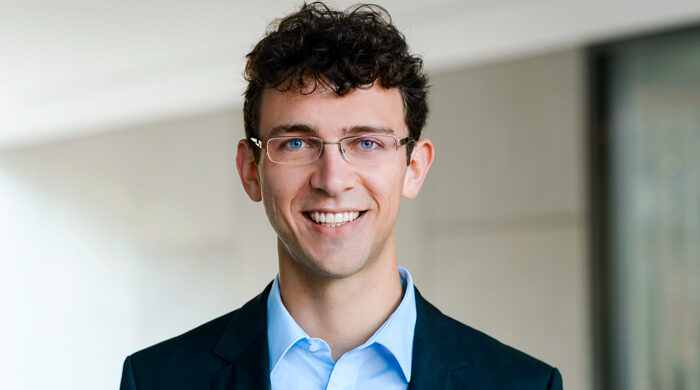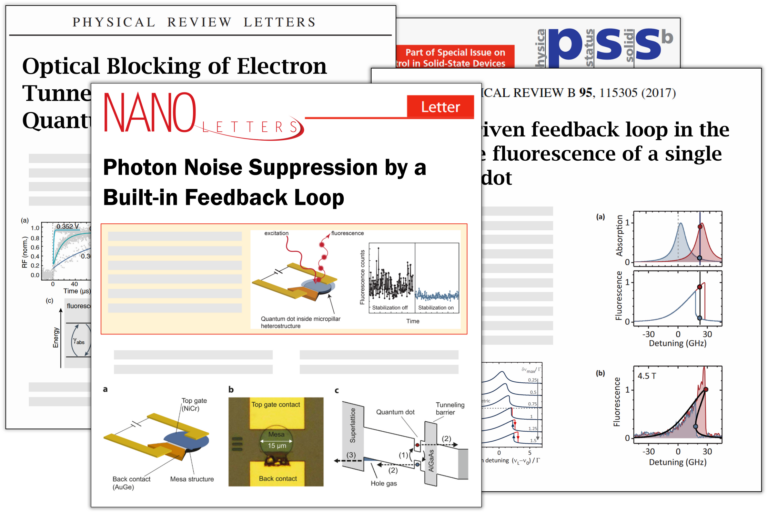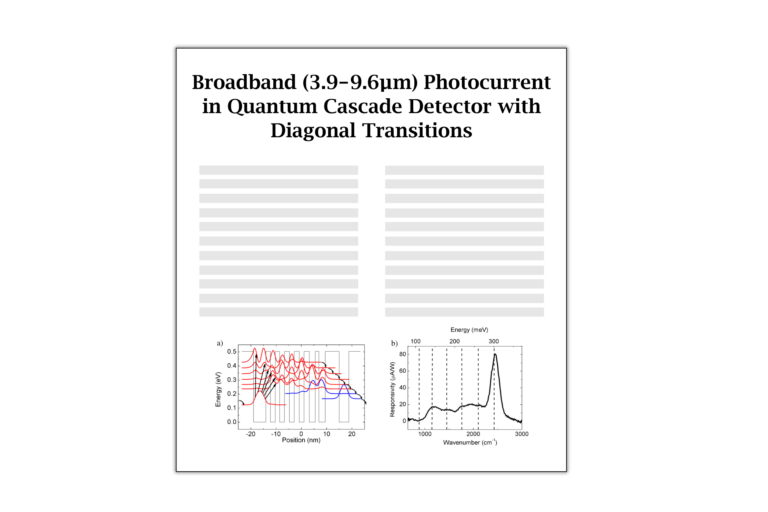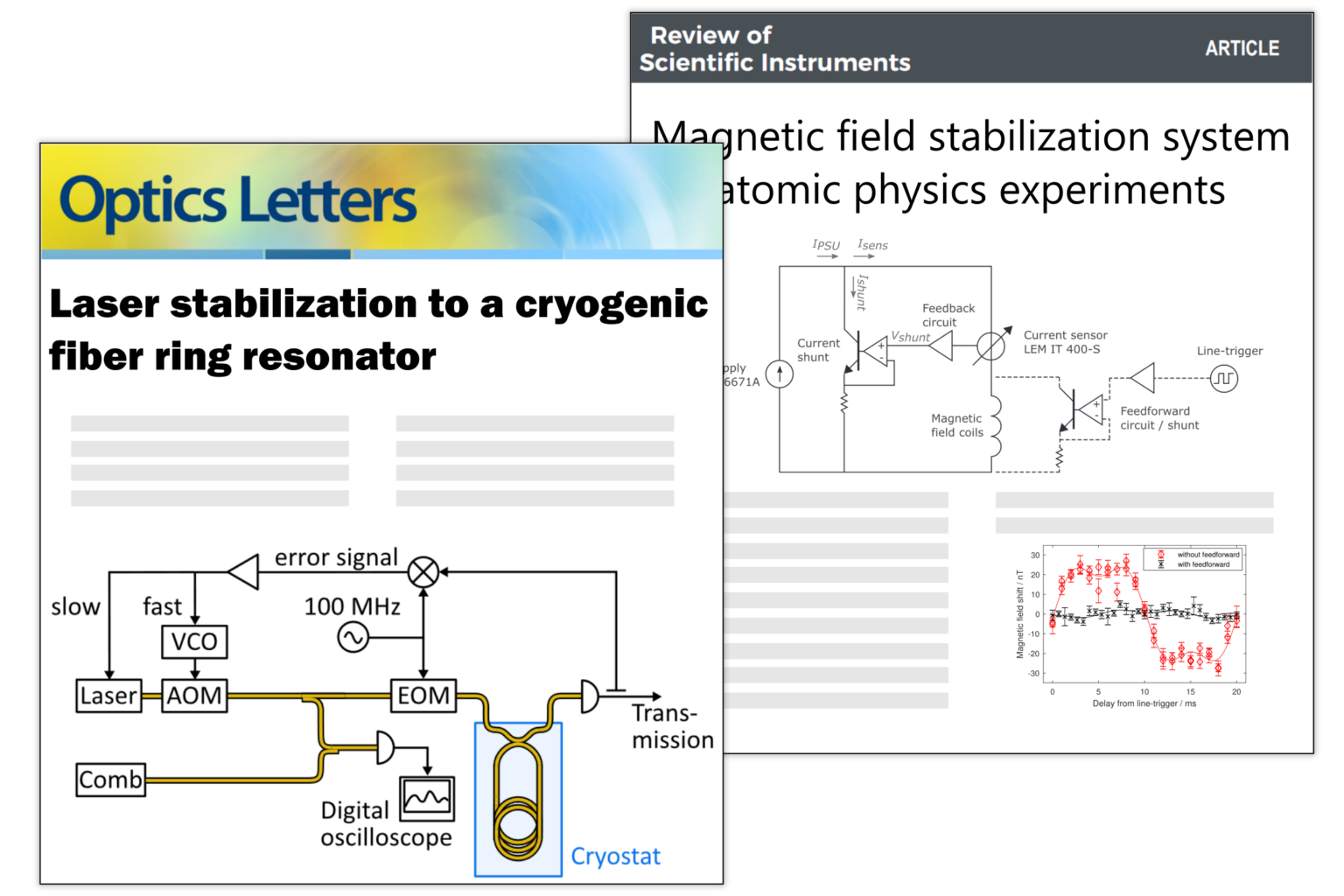Benjamin Merkel
Consultant / Researcher

Consulting
Since 2021
TNG Technology Consulting GmbH
- Architecture design and implementation of distributed microservices for data processing and persistence
- Experience in cloud-based technologies (AWS), infrastructure as code, and modern programming languages
- working for a large international concern
- ~ 100 Mio requests per day, ~ 5 Mio customers
Scientific Research
2016 – 2021
Max Planck Institute of Quantum Optics, Garching
- Design, assembly and characterisation of an ultrastable high-finesse optical resonator at cryogenic temperature
- Cavity-enhanced spectroscopy of Erbium dopants with long optical coherence at telecom wavelength for use in long-distance quantum networks
- Extension of spin coherence time by dynamical decoupling: theory + experiment
2012 – 2015
University of Duisburg-Essen
- Student teaching assistant: lecturing on ‘Maths for Physicists’
- Student teaching assistant: grading exercises and exams on theoretical physics
- Student research assistant: Programming the experiment control and writing analysis scripts for time-resolved optical spectroscopy
Education
2021 PhD in Physics (summa cum laude) MPI of Quantum Optics, Garching Cavity-enhanced spin-photon interface at telecom wavelength (Erbium dopants for quantum networks)
2015 Master in Physics University of Duisburg-Essen Optical analysis of dynamical processes in single quantum dots
2013 Bachelor in Physics University of Duisburg-Essen High-resolution optical spectroscopy of semiconductor quantum dots
International Experience
2015 – 2016 Oxford University Academic Visitor Building an electronic circuit to stabilize a magnetic field by applying feedback and feedforward corrections
2014 Princeton University Visiting Student Research Collaborator Designing and characterising a broadband mid-infrared detector (Quantum Cascade Detector)
Awards / Stipends
PhD Award Munich Center for Quantum Science and Technology, 2022
Award Sparkasse Duisburg, 2014
Scholarship German National Academic Foundation, 2011 – 2016
Scholarship Evangelisches Studienwerk Villigst, 2011 – 2015
Research Interest / Publications
Erbium dopants are ideal building blocks for large-scale quantum networks because they show robust spin coherence at liquid helium temperature, and provide optical control via a highly coherent transition at a telecom wavelength where loss in optical fibers is minimal.
By embedding the erbium-doped crystals in a high-finesse optical resonator, the efficiency of the spin-photon interface can be increased by several orders of magnitude, which brings the use for practical applications in quantum communication within reach.
Peer-Reviewed Publications
- Coherent and Purcell-enhanced emission from erbium dopants in a cryogenic high-Q resonator.
B. Merkel, A. Ulanowski, A. Reiserer
Physical Review X 10, 041025 (2020) - Spectral multiplexing of telecom emitters with stable transition frequency.
A. Ulanowski, B. Merkel, A. Reiserer
arXiv:2110.09409 (preprint 2021), submitted to Science Advances - Dynamical decoupling of spin ensembles with strong anisotropic interactions.
B. Merkel*, P. Cova Fariña*, A. Reiserer
Physical Review Letters 127, 030501 (2021) - Coherent control in the ground and optically excited states of an ensemble of erbium dopants.
P. Cova Fariña*, B. Merkel*, N. Herrera Valencia, P. Yu, A. Ulanowski, A. Reiserer
Physical Review Applied 15, 064028 (2021) - Erbium dopants in nanophotonic silicon waveguides.
L. Weiss*, A. Gritsch*, B. Merkel, A. Reiserer
Optica 8, 40-41 (2021)
Quantum dots are small enclosures of one material inside another one, which confine individual electrons in space much like 'artificial' atoms, whose optical and electrical properties can be adjusted by choosing the quantum dot size and material.
Their strong optical nonlinearities and sensitivity to electrical charges enables optical measurements of electron tunnelling processes, as well as a frequency stabilization of single-photon emitting quantum dots by fast electrical feedback.
Peer-Reviewed Publications
- Noise Suppression by a Built-in Feedback Loop.
A. Al-Ashouri, A. Kurzmann, B. Merkel, A. Ludwig, A. D. Wieck, A. Lorke, M. Geller
Nano Letters 19, 1, 135–141 (2019) - Charge-driven feedback loop in the resonance fluorescence of a single quantum dot.
B. Merkel, A. Kurzmann, J.-H. Schulze, A. Strittmatter, M. Geller, A. Lorke
Physical Review B 95, 115305 (2017) - Electron dynamics in transport and optical measurements of self-assembled quantum dots.
A. Kurzmann, B. Merkel, B. Marquardt, A. Beckel, A. Ludwig, A. D. Wieck, A. Lorke, M. Geller
Physica Status Solidi B, 254:1600625 (2017) - Optical Blocking of Electron Tunneling into a Single Self-Assembled Quantum Dot.
A. Kurzmann, B. Merkel, P. A. Labud, A. Ludwig, A. D. Wieck, A. Lorke, M. Geller
Physical Review Letters 117, 017401 (2016)
High-resolution optical spectroscopy of gases and biological tissues at mid-infrared wavelengths has wide application in life science and medicine, because distinct molecular fingerprints in the absorption spectrum allow for very sensitive detection of trace gases and biological markers.
While quantum cascade lasers are the most prominent coherent light source in the mid-infrared, quantum cascade detectors are their light-sensing counterparts.
Peer-Reviewed Publications
- Broadband (3.9 - 9.6 µm) Photocurrent in Quantum Cascade Detector with Diagonal Transitions.
G. M. Penello, B. Merkel, D. L. Sivco, C. Gmachl
Optical Society of America, Conference Paper CLEO: 2015
Scientific breakthroughs in quantum physics go hand in hand with technological advances that provide more reliable and extreme experiment conditions.
Two of the commonly required tools are frequency-stable coherent light sources and low-noise magnetic field supplies that are compatible with room-temperature applications.
Peer-Reviewed Publications
- Laser stabilization to a cryogenic fiber ring resonator.
B. Merkel, D. Repp, A. Reiserer
Optics Letters 46, 444-447 (2021) - Magnetic field stabilization system for atomic physics experiments.
B. Merkel, K. Thirumalai, J. E. Tarlton, V. M. Schäfer, C. J. Ballance, T. P. Harty, D. M. Lucas
Review of Scientific Instruments 90, 044702 (2019)
Other
Cellist
- more than 20 years of orchestra experience
(~15 different orchestras with more than 75 projects) - principal cellist in more than 10 orchestras
- 10 different chamber ensembles
Private Physics and Maths Tutoring
- more than 10 high school and 15 university students since 2017
- e.g. physics for medical students
- or thermodynamics, atomic physics, mechanics for engineering students
© 2022 Benjamin Merkel, Munich | Imprint (DE)



